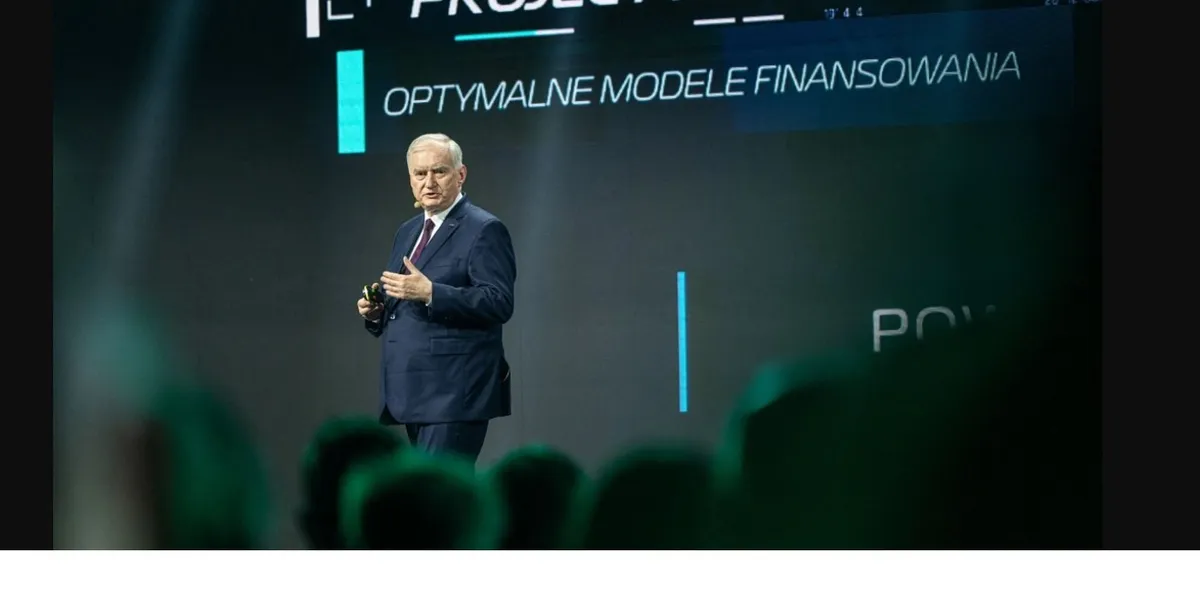The hydrogen fueling station market is on track to grow from an estimated $1.4 billion in 2024 to approximately $5.8 billion by 2033. This growth represents a compound annual growth rate (CAGR) of about 16.5% from 2025 to 2033. This surge is driven by a global shift towards clean energy sources, particularly the rising adoption of hydrogen fuel cell vehicles in the transportation sector.
Governments worldwide are responding to this demand by implementing supportive policies and investing in the expansion of hydrogen refueling networks. These efforts aim to decrease carbon emissions and promote sustainable transport options. Technological advancements in hydrogen storage, compression, and dispensing methods are contributing to improved efficiency and safety at fueling stations.
Despite facing challenges such as high installation costs and limited existing infrastructure, industry collaborations and funding initiatives are accelerating development in the hydrogen fueling sector. As the hydrogen economy grows, the market is expected to become increasingly important in the transition to a low-carbon future.
Key players in the hydrogen fueling station market include Air Liquide, Air Products and Chemicals, Nel ASA, Ingersoll Rand, Linde, Toshiba Corporation, Plug Power, Cummins, Ballard Power Systems, and Hyundai Motor Company. These companies are actively working to expand their market presence and enhance their product offerings.
The market can be segmented by type into on-site, off-site, and mobile fueling stations, and by application into automotive, industrial, and energy sectors. This segmentation allows for a better understanding of where growth opportunities lie and which areas are driving demand.
The report highlights the factors influencing market growth, including emerging trends, challenges, and limitations. It also provides a competitive landscape analysis, examining the market share, production capabilities, and revenue streams of major players. This information is vital for stakeholders looking to identify strategic opportunities and competitive advantages.
Regional analysis indicates that North America, Europe, and the Asia-Pacific regions are key markets for hydrogen fueling stations. Economic, social, environmental, technological, and political factors are considered to evaluate growth potential in these areas. For instance, North America, encompassing the U.S., Canada, and Mexico, is a leading region due to its robust investments in hydrogen infrastructure.
In conclusion, the hydrogen fueling station market is poised for substantial growth in the coming years, driven by technological advancements and supportive government policies. With ongoing investments and collaborative efforts, this market is set to play an important role in the broader transition to renewable energy solutions.




